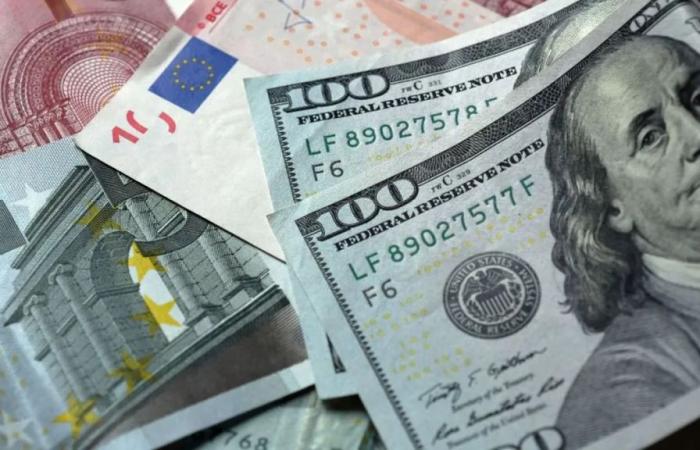He global dollar fell slightly, after matching its eight-week high on Wednesday and accumulating a 1.5% improvement in value in the last quarter, following the key inflation data from the United States Federal Reserve (Fed).
He dollar index fell 0.05%, around 105.85 units, after the publication of the personal consumption expenditures (PCE) indexthe key indicator that takes into account the Fed when making monetary policy decisions.
Meanwhile, the euro reached its biggest monthly drop since January (1.03%) despite rising 0.1%, to $1.0709, due to political uncertainty on the eve of the elections. french general elections, as investors fear that the eventual new government will increase fiscal spending, threatening the sustainability of the country’s public debt and the financial stability of the block.
At the same time, operators are cautiously evaluating the determination of Japan to protect its currency: the yen reached 161.27 units per dollar, its lowest since 1986, and later fell 0.14%, to 160.815 units.
Meanwhile, the price index of personal consumption expenditures (PCE) The U.S. rate, the Fed’s preferred measure of inflation, was unchanged last month, following an unrevised 0.3% rise in April. In the 12 months through May, the measure rose 2.6%, after advancing 2.7% in April.
“The PCE report was mostly in line with expectations, confirming the disinflationary trend shown by the CPI (consumer price index) and PPI (producer price index) figures at the beginning of the month,” he said. Boris Kovacevic, from Convera. “Macro data continues to point to a weakening of the US economy,” she added.
US bonds rose
In parallel, the returns of the Treasury bond rose on Friday as uncertainty surrounding the United States elections and the imminent legislative elections in France offset confidence generated by a slowdown in inflation in the world’s largest economy.
The benchmark 10-year yield was last at 4.34%, up about 5 basis points from Thursday. The yield is down 18 basis points since the start of June and 14 basis points since the start of the second quarter.
Two-year yields were virtually unchanged at 4.72% on Friday, but fell 17 basis points in June and rose 10 basis points in the second quarter.
Thirty-year yields rose 7 basis points to 4.5% on Friday, ending the month down 15 basis points but adding 17 basis points for the quarter.
The spread between two- and 10-year yields remained sharply negative, but narrowed to -38 basis points, its lowest level in about a month.


